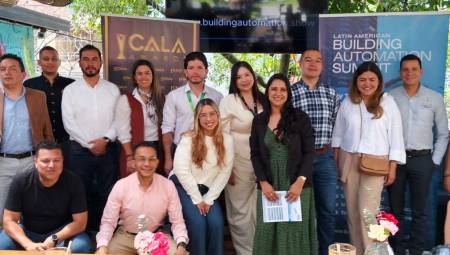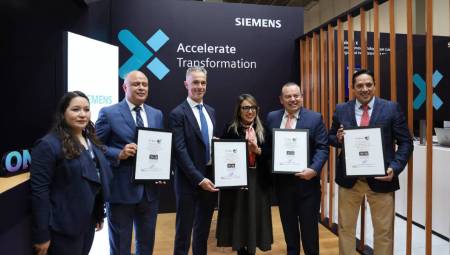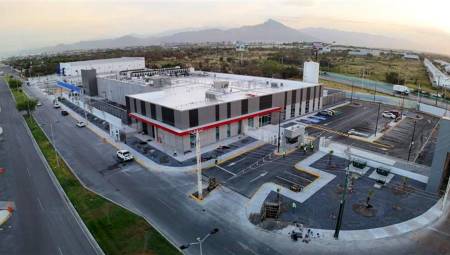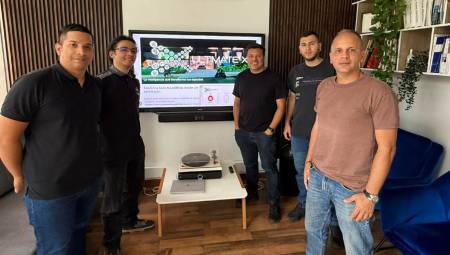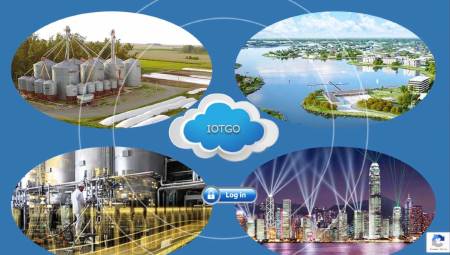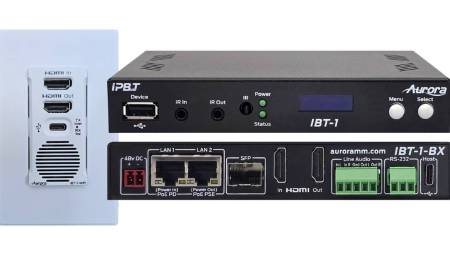Latin America. The rapid adoption of artificial intelligence (AI) and machine learning (ML) over the past year has transformed almost everything, ushering in a new era of innovation and growth never seen before.
The same goes for data warehousing, where the impact of these technologies will be transformative, enabling the greater business agility that companies need to compete in today's data-driven world.
What might the change look like? Here are seven ways artificial intelligence and machine learning could transform the storage landscape by 2024, according to Eduardo Alexandri, Managing Director for Mexico, Colombia and Central America at Western Digital:
1. Tiered storage: Tiered storage has been around for decades, allowing organizations to take advantage of different types of storage media depending on requirements for capacity, speed, cost, security, and other factors. More recently, prescribed scripts introduced some level of process automation, but the implementation of tiered storage is still a relatively manual effort. AI/ML can provide the opportunity to fully automate tiered storage by analyzing access and usage patterns to intelligently map data to the optimal storage tier. And, since models are always learning, artificial intelligence and machine learning will be able to adapt to changing conditions in real time, ultimately driving optimal price-for-performance capabilities.
2. Sorting and labeling: Sorting and labeling are other important yet manual tasks that offer the opportunity for further automation. AI/ML can analyze the context of data and associated metadata to automatically categorize large volumes of information into orderly and organized consumable units. The potential use cases for ranking and tagging are intriguing, including commerce, content management, and any other process that relies on search functionality.
3. Security and threat mitigation: Threat actors have been using AI/ML to create more sophisticated attacks at scale, and cybersecurity teams are starting to fight back by integrating AI/ML capabilities across the enterprise security suite. This includes more advanced threat detection, better visibility into vulnerable assets, and increased productivity and efficiency in security operations. Highly reliable data storage will be required to manage and analyze the vast amounts of security data that are generated from dozens of monitoring tools.
4. Deduplication and compression: Deduplication and compression can help organizations maximize storage resources in today's data-driven world. AI/ML could be leveraged to review huge datasets across the organization and identify opportunities to deduplicate or compress datasets, allowing organizations to more effectively leverage their total storage capacity.
5. Predictive maintenance: Unplanned downtime costs organizations billions of dollars in lost productivity each year. AI/ML-powered predictive maintenance could enable organizations to analyze storage performance and health in real-time to prevent and fix issues before they become a larger problem that leads to downtime. AI/ML could also help with planned downtime, identifying the optimal time to take systems offline for regular preventative maintenance.
6. TCO analysis: Having a clear view of the total cost of ownership (TCO) of storage deployments could transform the way organizations allocate storage resources across the organization. Hidden costs, such as energy consumption, grid, and maintenance, are nearly impossible for humans to calculate on their own. AI/ML, on the other hand, could learn to account for these costs throughout the lifecycle of storage systems. Understanding the TCO of these systems would allow informed decisions to be made for cost optimization and resource allocation.
7. Resource management: AI/ML could also help with the configuration, optimization, and reallocation of compute and storage resources. This can lead to significantly improved asset utilization, improved system performance, and increased data availability. These benefits can be amplified when combined with NVMe on Fabric (NVMe-oF), which can improve data transfer speeds, efficiency, scalability, and resource utilization. AI algorithms could dynamically adjust storage resources and parameters in real-time, intelligently manage data across different tiers or resources, and predictively maintain system health to ensure efficient and effective data management. Combining AI with NVMe-oF could be a crucial step toward managing the rapidly expanding volume of data to deliver more reliable and scalable shared storage solutions.
Artificial intelligence and machine learning are ushering in a new era of intelligent storage
The implications of AI/ML on storage will be profound. From intelligently managing data and optimizing resource allocation to improving storage security and efficiency, AI will fundamentally reshape how organizations perceive and use storage systems.
Storage will become more than just capacity and performance. It's going to be more about intelligence and efficiency. As organizations continue to harness the power of AI/ML in their storage strategies, we can anticipate a data-centric landscape that is more responsive, secure, and cost-effective.
The emergence of AI in storage is exciting and transformative, offering insight into the limitless possibilities of intelligent and adaptable storage solutions.
















